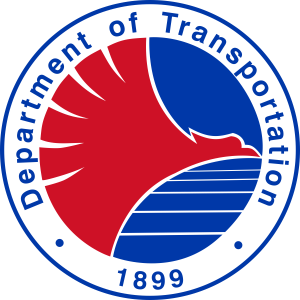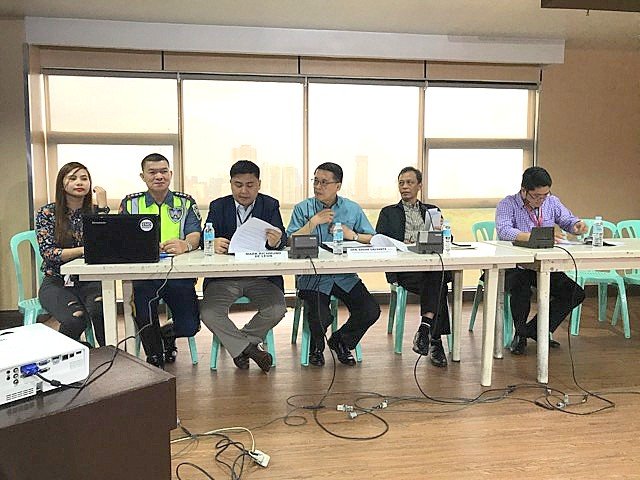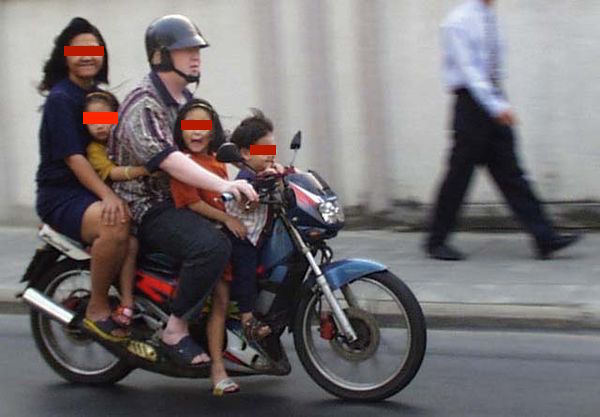The Department Of Transportation, in cooperation with Land Transport Office, Land Transport Franchise and Regulatory Board, Metro Manila Development Authority and the Highway Patrol Group recently held a press conference to clarify the rules and regulations regarding Anti-Distracted Driving (ADD) Law under Republic act 10913 and Republic Act 10666 or Children’s Safety on Motorcycles Act
LTO Asst. Secretary, Gen. Edgar Galvante (Ret) was present to address the media.
11 Things you need to know about RA 10913 or the Anti-Distracted Driving Act:
- What is RA10913 or the Anti-Distracted Driving Act? RA10913 or the Anti-Distracted Driving Act is a law that prohibits motorists from using communication devices and other electronic, entertainment and computing gadgets while vehicles are in motion or temporarily stopped on a traffic light or an intersection. A motorist, as defined by law, is a person who is driving a motor vehicle.
- What vehicles are covered by this act? The act covers both private and public vehicles. It also covers wheeled agricultural machineries, construction equipment and other forms of conveyances such as bicycles, pedicabs, trolleys, “habal-habal”, “kuligligs”, wagons, carriages, and carts that may be either be human powered or pulled by an animal as long as the same are operated or driven in public thoroughfares, highways or streets.
- What does this law prohibit? Prohibited acts made while driving include but not limited to: making or receiving calls, writing, sending or reading text-based communications, playing games, watching movies, performing calculations, reading e-books, composing messages, and surfing or browsing the internet.
- What are actions exempted from this law? Motorists are allowed to use their devices to make or take EMERGENCY CALLS to authorities in cases of crime, accidents, bomb or terrorist threat, fire or explosion, instances needing immediate medical attention or when personal safety and security is compromised.
- Can we use hands-free devices like earphones and microphones? Motorists can use the aid of hands-free function and applications as long as these do not interfere with the driver’s line of sight. This means that no communication or electronic gadget should be affixed on the car’s dashboard and steering wheel. In addition, drivers are only allowed to wear earphones when making or receiving calls. Using earphones to listen to music falls under “similar acts” in Section 48 of the law, in addition to reckless driving violation penalized under other relevant laws.
- Can we still use traffic and navigational apps like WAZE and GOOGLE MAPS while driving? Although motorists are being advised to set their preferred destinations on these applications prior to their departure. Gadgets with these applications may be installed in areas that will not obstruct the driver’s view. In cases when motorists need to find alternate routes while in traffic, they are advised to first pull their vehicles aside.
- Who are authorized to apprehend violating motorists? The DOTr-Land Transportation Office (LTO) is the lead implementing agency of the act. The LTO also has the authority to deputize members of the PNP, MMDA, and LGUs to carry out enforcement functions and duties.
- How will we know if drivers of private vehicles with heavily-tinted windshields are violating the law? Aside from high-definition cameras that can monitor lights from devices inside heavily-tinted vehicles, the law will also be strictly enforced by enforcers on the grounds who were well-trained to determine from the movement of the vehicle whether or not a driver commits distracted driving. A memorandum Circular setting specifications on the regulation of tints shall be released by LTO soon, upon consultation with tint manufacturers.
- What are the penalties? Violators will be penalized with a fine of Five Thousand Pesos (Php5,000) for the first offense, Ten Thousand Pesos (Php10,000) for the second offense, and Fifteen Thousand Pesos (Php15,000) for the third offense with a Three-Month suspension of driver’s license. Violations incurred beyond the third offense shall be penalized with the revocation of driver’s license and a fine of Twenty Thousand pesos. (Php20,000)
- Are operators of Public Utility Vehicles (PUV) also liable for violations made by drivers? Operators and owners of Public Utility Vehicles (PUV) and other commercial vehicles shall both be held liable for the violations committed by their drivers.
- When will be this implemented? The Anti-Distracted Driving Act shall be implemented NATIONWIDE starting May 18, 2017
You may view RA 10913 here:
http://www.gov.ph/downloads/2016/07jul/20160721-RA-10913-BSA.pdf
Republic Act 10666 or Children’s Safety on Motorcycles Act was passed into law in 2015 and its only now that it will be enforced, under the Duterte Administration by Secretary Art Tugade.
10 Things You Need To Know about Republic Act 10666 or Children’s Safety on Motorcycles Act:
- What is RA10666 or the Children’s Safety on Motorcycles Act of 2015?
RA10666 prohibits any person from driving a motorcycle on public roads with a child on board.
- When will the law be implemented?
The law will take effect on May 19, 2017 (Friday)
- What are the roads covered by the law?
The law covers all public nationwide such as, but not limited to, national highways, provincial roads, and municipal and barangay streets. This also includes roads where there is heavy volume of vehicles, there is a high-density of fast moving vehicles, or where a speed limit of more than 60kph is imposed.
- What types of motorcycles are covered by the law?
This covers any two-wheeled motor vehicles having one or two riding saddles.
- Are all children covered by the law? What are the exemptions?
A child refers to any person below 18 years old. However, a child may be allowed to board a motorcycle on public roads, if: the child passenger can comfortably reach his/her feet on the standard foot peg of the motorcycle; the child arms can reach around and grasp the waist of the motorcycle rider; and child is wearing a standard protective helmet or gear.
- Are children allowed to ride in front of the rider?
Sitting in front of the rider is not allowed.
- How about medical emergencies?
The law does not apply to cases where the child to be transported requires immediate medical attention.
- What are the penalties for violators?
First Offense –Php3,000
Second Offense- Php5,000
Third Offense-Php10,000 and one month suspension of license
Violation beyond the third time-Automatic revocation of driver’s license
- Who will enforce the law?
The DOTr – Land Transportation Office (LTO) is the lead implementing agency of the act. The LTO also has the authority to deputize members of the PNP, MMDA, and LGUs to carry out enforcement functions and duties.
- Why is this law important?
This is a proactive and preventive approach to secure the safety of child passengers. It is the policy of the State to protect the children.
You may view RA 10666 here:
http://www.doh.gov.ph/sites/default/files/policies_and_laws/ra%2010666.pdf
Words and Photos by Earl Manalansan
 Power Wheels Magazine A Notch Above
Power Wheels Magazine A Notch Above



